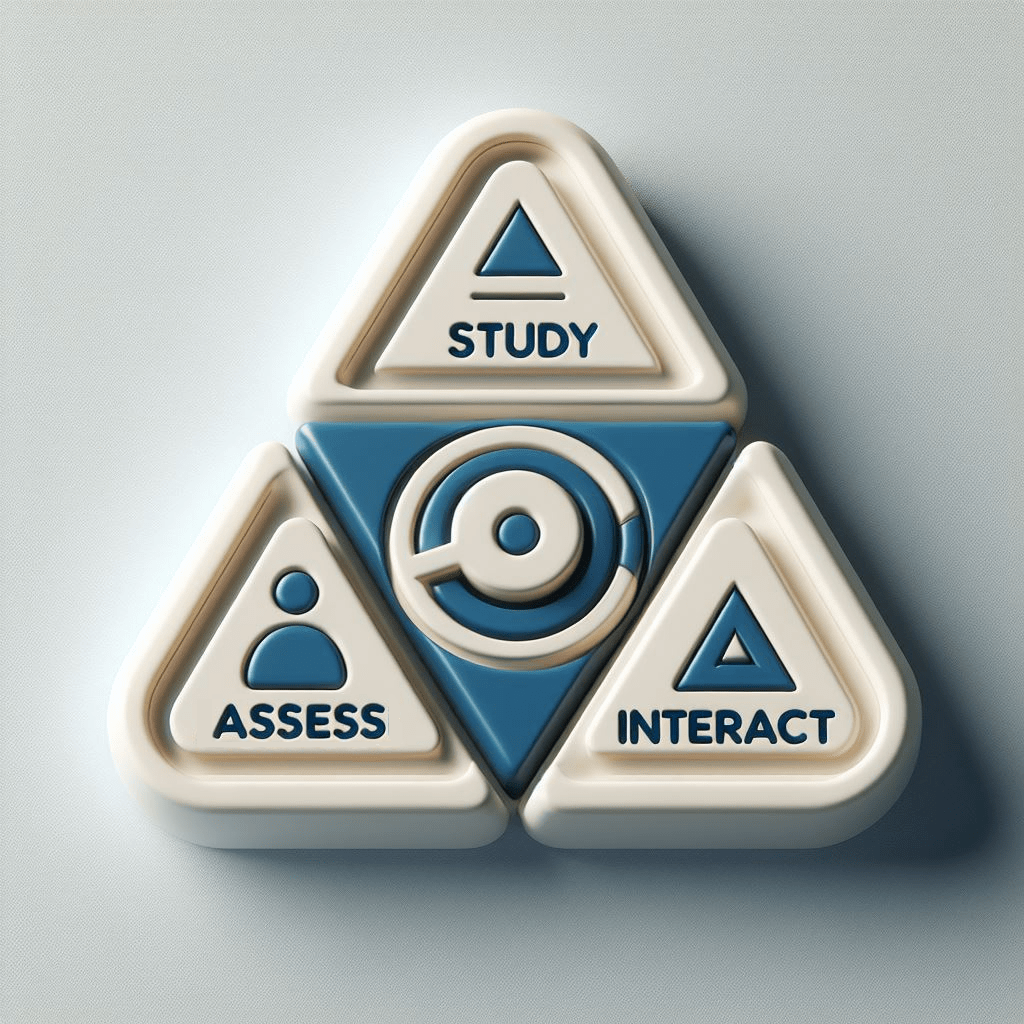Your cart is currently empty!

21st Century Pedagogy | Tools & Tuitions For Learners And Educators.
Share/AssignMind Map Overal Idea Content Speed Notes Quick Coverage Classification based on Eating Habits: Herbivorous: Animals that eat plants or plant products. Example: Cow, sheep, goat, deer, elephant, kangaroo, giraffe, etc. Carnivorous: Animals that eat only flesh of other animals. They never eat plants. Examples: Tiger, lizard, lion, etc. Omnivorous: Animals consume plants as well…
Personalised Teaching & Learning.
Study | Assess | Interact
Select Your Choice Of Educational Tool .
Share/AssignMind Map Overal Idea Content Speed Notes Quick Coverage Classification based on Eating Habits: Herbivorous: Animals that eat plants or plant products. Example: Cow, sheep, goat, deer, elephant, kangaroo, giraffe, etc. Carnivorous: Animals that eat only flesh of other animals. They never eat plants. Examples: Tiger, lizard, lion, etc. Omnivorous: Animals consume plants as well… readmore
Mind Map
Overal Idea
Content
Speed Notes
Quick Coverage
Classification based on Eating Habits:
Herbivorous: Animals that eat plants or plant products.
Example: Cow, sheep, goat, deer, elephant, kangaroo, giraffe, etc.
Carnivorous: Animals that eat only flesh of other animals. They never eat plants.
Examples: Tiger, lizard, lion, etc.
Omnivorous: Animals consume plants as well as other animals as their food.
Examples: Bear, dog, human being, etc.
Parasites: Organisms that obtain their food from other animals either by living inside (endoparasites) or outside (ectoparasites) their body.
Examples: Tapeworm and roundworm (inside body), tick and lice (outside body).
Scavengers: Animals which feed on the remains of dead animals preyed by predators. Example: vulture, crows, jackal, etc. (Scroll down till end of the page)
Study Tools
Audio, Visual & Digital Content
The main digestive glands which secrete digestive juices are:
- the salivary glands,
- the liver and
(iii) the pancreas.
The human digestive system consists of the alimentary canal and secretory glands.
It consists of:
- buccal cavity,
- oesophagus,
- stomach,
- small intestine,
- large intestine ending in rectum
- anus.
Animal nutrition includes nutrient requirement, mode of intake of food and its utilisation in the body.
The stomach wall and the wall of the small intestine also secrete digestive juices.
The modes of feeding vary in different organisms.
Nutrition is a complex process involving:
- ingestion,
- digestion,
- absorption,
- assimilation and
- egestion.
Digestion of carbohydrates, like starch, begins in the buccal cavity.
The digestion of protein starts in the stomach.
Bile secreted from the liver, the pancreatic juice from the pancreas and the digestive juice from the intestinal wall complete the digestion of all components of food in the small intestine.
The digested food is absorbed in the blood vessels from the small intestine.
The absorbed substances are transported to different parts of the body.
Water and some salts are absorbed from the undigested food in the large intestine.
The undigested and unabsorbed residues are expelled out of the body as faeces through the anus.
The grazing animals like cows, buffaloes and deer are known as ruminants.
They quickly ingest, swallow their leafy food and store it in the rumen.
Later, the food returns to the mouth and the animal chews it peacefully.
Amoeba ingests its food with the help of its false feet or pseudopodia.
The food is digested in the food vacuole.
It pushes out finger-like pseudopodia which engulf the prey.
Key Terms
Topic Terminology
Term
Important Tables
Table:
.
Dig Deep
Deep Learning And Testing
Here you can switch between educational tools ( Study & Assess) By Filtering Or Search for Title.
Explore More
Interactive Tools
Access, Discuss & Explore



Leave a Reply
You must be logged in to post a comment.